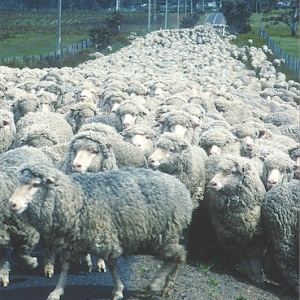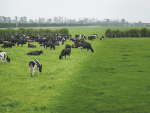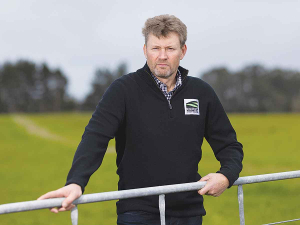A new strain-specific footrot vaccine for sheep, developed by Sydney University, has been approved for use after months of negotiation.
The previous footrot vaccine, Coopers’ Footvax, was banned in Australia in 2008 and sheep producers have struggled to control and eradicate footrot.
They had been limited to foot paring/bathing, antibiotic treatment under specific conditions and the culling of flocks under a destocking regime.
The Australian Pesticides and Veterinary Medicines Authority has now given emergency approval to Treidlia Biovet, a Sydney vaccine maker, to supply the custom footrot R-Pilus Vaccine for six months, until July 30.
Western Australian Farmers Federation wool council president Ed Rogister says the decision is a first step. “Footrot is a serious and contagious disease…. Once established in a flock, footrot will persist if a vaccine is not available.”
Rogister says the federation worked on the government authority to approve the emergency permit, “which is the beginning of a more permanent solution for the strain specific vaccines”.
Farmers need a long-term solution to the issue of strain-specific footrot vaccines because there is no registered product available. “The targeted nature of these new footrot vaccines means moving to full registration is not a realistic option,” Rogister says.
As temperatures increase during spring and summer, the bacteria that cause virulent footrot inflame the moist inter-digital skin of the feet, which can cause sheep to become lame.
A while before NZ sees it!
Mark White of Treidlia Biovet told Rural News a New Zealand release of the vaccine “is a significant part” of the firm’s plans, though it will be subject to regulatory approvals and could “take a while to happen”.
“Regulatory approval in Australia was only granted after intense lobbying by sheep industry groups and is still a problem as the permit is for only six months. Various other conditions make the permit impractical as it stands. We’re still working on those issues with the regulator here, with the support of our colleagues in the sheep industry.”
To use the vaccine in Australia farmers must first take swabs from lame sheep for culture and serotyping as the vaccine is customised to the strains on particular farms. White says immunity from the vaccine can be strong enough to work as a tool in eradicating footrot from individual farms or possibly larger areas.
Lincoln University’s Jon Hickford, who was instrumental in developing the footrot resistance marker gene for breeding purposes, says vaccines can be useful but are not a solution on their own.
“Vaccination with other treatments like foot-bathing are only short-term management tools and in the longer term, sheep farmers need to look at better management to minimise the occurrence of serious outbreaks.
“This might include making changes in stock management, stock class and sheep breed. Equally, I have pushed the approach of breeding sheep that are less susceptible, including the culling of footrot-affected sheep and making breeding choices to use sheep that are more resilient when challenged.
“This approach has been shown to work by a number of NZ sheep breeders, and has been augmented in the last 16 years by the use of the gene-marker test developed at Lincoln.”
Unlike Australia, New Zealand still has access to Coopers’ Footvax vaccine, he adds. Used appropriately – vaccinating well in advance of a footrot challenge and then putting a booster into the sheep close to the challenge – it is a good way of stopping severe outbreaks that might cause a large-scale welfare concern and lead to major production losses, he says.
The strain-specific vaccine technology now being launched in Australia has been around for a while and has been effective in trials, says Hickford. But like White he says it takes time to develop such a vaccine for any given outbreak.











